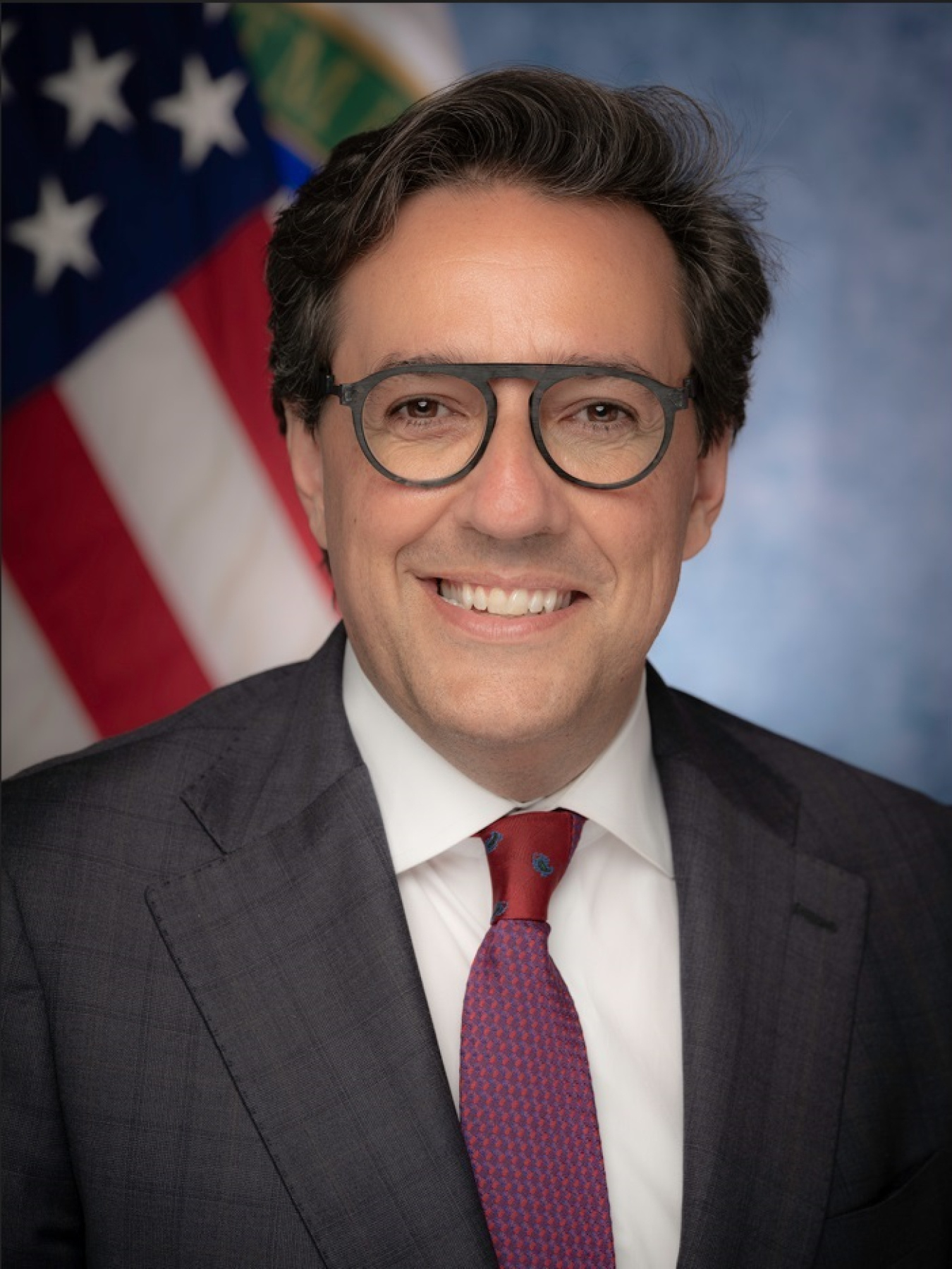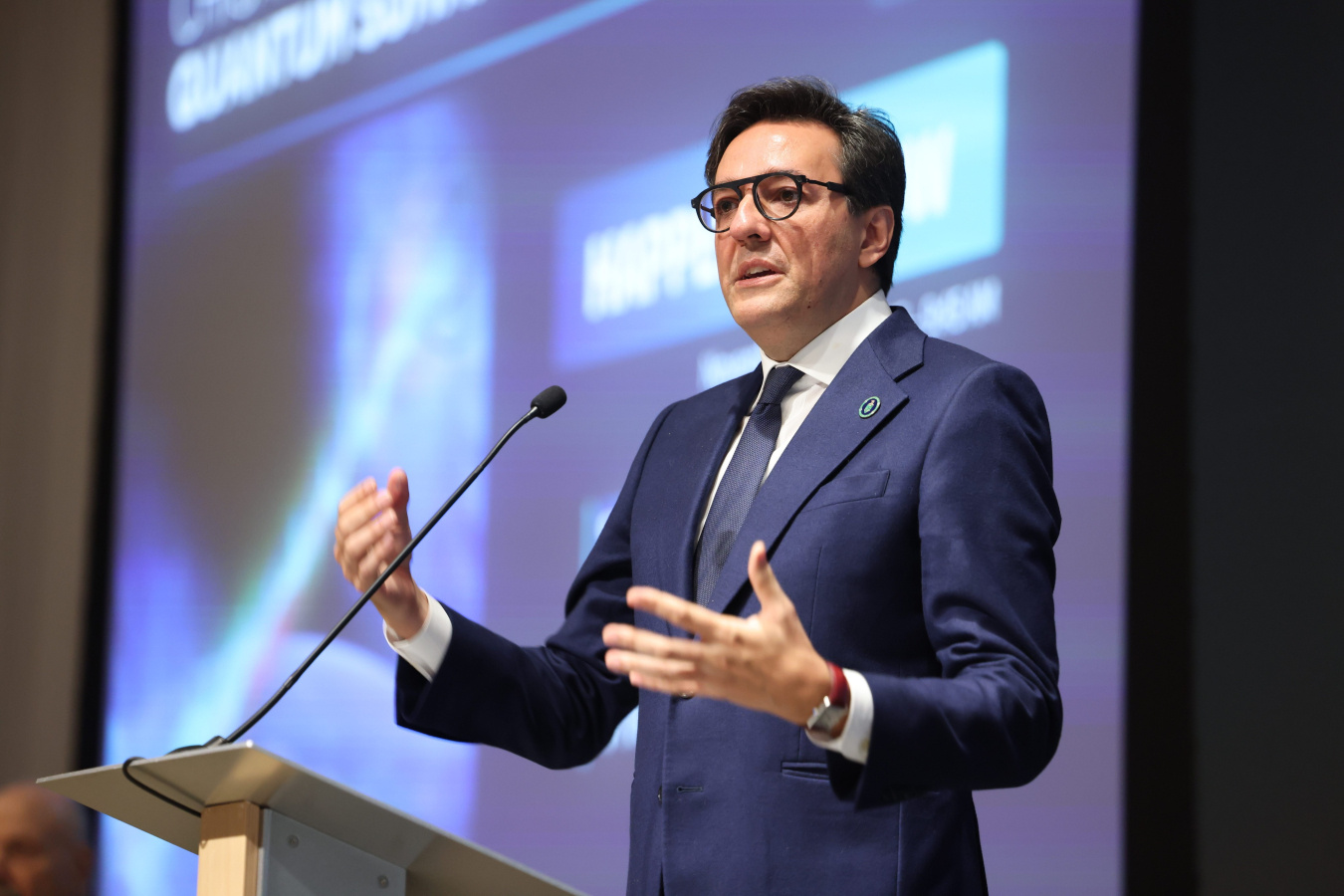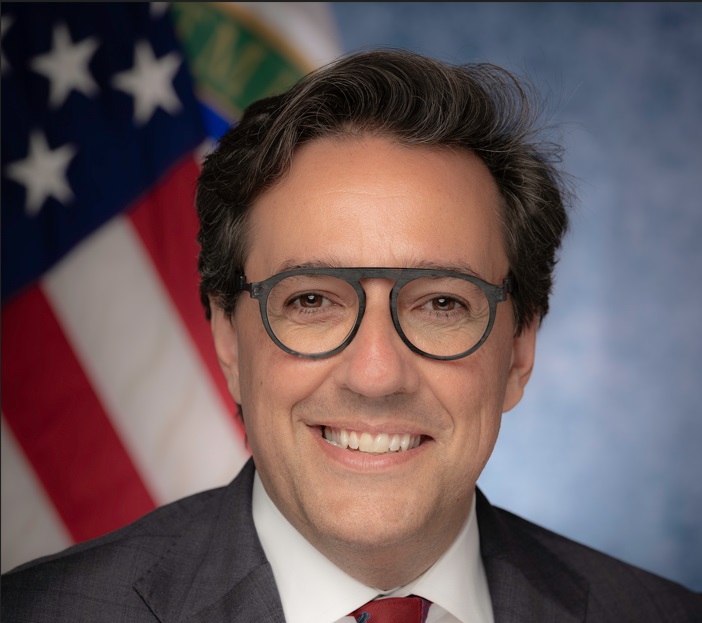Quantum technologies have the potential to revolutionize science; DOE is finding new ways to push them forward.
November 13, 2025Darío Gil
Under Secretary for Science

Dr. Darío Gil is Under Secretary for Science at the U.S. Department of Energy. His office is the nation's largest federal sponsor of basic research in the physical sciences, supporting all 17 National Laboratories of the United States, and responsible for programs including advanced computing, fusion, nuclear and high energy particle physics, basic energy sciences, and biological and environmental research. He is the department’s principal advisor on science and technology.
Prior to his current position, Dr. Darío Gil was IBM Senior Vice President and Director of Research, where he was responsible for one of the world’s largest and most influential corporate research labs.
Dr. Gil was elected to the National Academy of Engineering “for his contributions to artificial intelligence and quantum computing” and is a globally recognized leader of the quantum industry. Under his leadership, IBM was the first company in the world to build programmable quantum computers and make them universally available through the cloud.
Dr. Gil is an inventor and an institutional innovator, the force behind the creation of the International Science Reserve, the AI Alliance, the MIT-IBM Watson AI Lab, and the COVID-19 High Performance Computing Consortium.
Dr. Gil has served on the President’s Council of Science and Technology Advisors (PCAST) and on the National Science Board (NSB), where he was first member from industry to be elected chairman in 30 years. He has served on numerous boards including the Center for Strategic and International Studies (CSIS), the New York Academy of Sciences, the Semiconductor Industry Association (SIA), the New York Hall of Science, and Rensselaer Polytechnic Institute (RPI).
Dr. Gil is the recipient of two honorary doctorates and received his Ph.D. in Electrical Engineering and Computer Science from MIT.
Right now, we are at a transformational moment for science.
The Department of Energy (DOE) will lead this revolution. Through strategic investment, partnerships, and an intense focus on integrating AI, classical high-performance computing, and quantum computing, we can achieve an ambitious goal: a doubling of the scientific productivity of the Nation within a decade. The integration of these technologies into a single platform would represent a truly novel scientific capability.
Quantum information science and technology (QIS) is an essential part of this vision. To support this goal, we look to the scientific community to deliver a first-of-its-kind scientific instrument: a fault-tolerant quantum computer capable of performing meaningful scientific calculations.
World-Leaders in Scientific Instruments
As the DOE’s Under Secretary of Science, I am proud to join the department’s long-running history of investments in fundamental science.
DOE has a legacy of convening the scientific community so that it can collectively define a need aligned with our mission. It then leads that community to design and build powerful, game-changing tools. From the world’s brightest and highest frequency X-ray light to the world’s largest digital camera powering a ground-based telescope, there is no shortage of examples.
In the computing arena, DOE is rightly known for its first-of-a-kind high-performance computing systems. These systems have consistently broken performance barriers – most recently, exascale.
Leaders at DOE first envisioned the exascale computing initiative in the early 2010s. The initiative had the goal to deploy the first exascale supercomputer by 2023. In addition, the team also aimed for the computer’s power consumption to be an order of magnitude lower than original estimates.
This ambitious target was not only met but significantly surpassed. The Exascale Computing Project was completed ahead of schedule and below its budget. It delivered a world-leading computing ecosystem.
But designing and building a novel capability isn’t enough on its own. Scientists must operate and maintain these instruments to ensure the scientific community benefits from them.
Today, the DOE Office of Science operates 28 User Facilities, including two exascale systems. These User Facilities operate on a merit-based access system. They are provided at no cost to the user for published research and at cost-recovery for proprietary work. This model remains the gold standard for large-scale scientific infrastructure.
Our History in Quantum
We are now using the example of the User Facilities to pursue quantum technologies. In line with the President's R&D priorities memo, we are making focused investments in quantum information science.
These investments build on a long history of DOE leadership in quantum science. This year’s Nobel Prize in Physics recognized groundbreaking work in quantum electronics that was originally supported by DOE. It was also conducted in part at DOE’s Lawrence Berkeley National Laboratory. John Clarke, Michel Devoret, and John M. Martinis demonstrated unprecedented control of quantum mechanical effects at the macroscopic scale. This work was the catalyst for some of today’s most important quantum technologies.
To support this growing field, DOE has more than doubled its investment in QIS since 2019. That’s more than $1.6 billion. These substantial investments have driven progress in advancing QIS technologies and enabling discoveries that have laid the groundwork for platforms of the future.
Reinvestment in the QIS Centers
DOE’s success is rooted in an approach that crosses programmatic boundaries. It supports single investigators, team science, and partnership among DOE National Laboratories, academia, and industry.
In 2018, as part of the National Quantum Initiative established in President Trump’s first term, DOE launched five National QIS Research Centers.
The five Centers have each been led by a different DOE National Laboratory. Their research cuts across the DOE Office of Science’s portfolio. The Centers have made many advances, including:
- Improving the quality of materials used for qubits
- Developing the building blocks of quantum computers
- Creating new quantum algorithms
- Establishing new enabling capabilities for QIS research
The Centers have also hired more than 300 scientists and 600 PhD students and postdocs. They have also trained over 2,500 external personnel.
Through these efforts, the Centers have laid the groundwork to realize scientific breakthroughs across the Office of Science’s portfolio.
At the recent Chicago Quantum Summit, I announced that DOE has renewed its commitment to the five National QIS Research Centers. We are making another investment of up to $625 million to support their new missions and ambitious goals.
Entering the second phase of the program, the Centers will bring together more than 50 academic institutions representing 22 states and Washington, D.C. The collaboratives will also include international allies and 18 industry partners.
The Centers will tackle larger-scale, focused research efforts with high potential. Among other goals, they will:
- Address key roadblocks to quantum utility
- Eliminate errors through reduced noise and improved mitigation and correction
- Unlock scaling by miniaturizing and modularizing quantum computers via networks
- Enable scientific impact by developing new algorithms to directly apply quantum computing to real-world use-cases
Partnership has been, and will continue to be, central to the success of the Centers. They will collaborate to act as a force multiplier for the entire U.S. QIS ecosystem. In addition, their private partnerships will grow. Existing partners are deepening their relationships and new partners are joining the effort.
A New Chapter for Quantum
The beginning of Phase II of the quantum centers is part of a new chapter in DOE’s exploration of QIS. We have set ambitious and audacious goals to deliver quantum capabilities to the Nation.
It is my goal that we as a community deliver a new scientific instrument to the Nation by 2028. Today's state-of-the-art quantum systems are limited to a relatively small number of noisy qubits and gate depths in the thousands.
The capability we aim to build will transcend today’s noisy intermediate-scale quantum computers. This new capability will usher in an era of gate depths in the millions. This would be enough qubits to capably perform complex scientific calculations. While many industry roadmaps align with this vision, now is the time to deliver on these plans.
To support this goal, DOE is increasing our focus on promoting scientific discovery, creating new algorithms, and identifying transformative applications. These applications should unlock major milestones across the scientific landscape from groundbreaking innovations in energy to advanced chemistry simulations. Initial success in a few well-understood scientific applications can blossom into a profound capability. These advances could reveal new knowledge that even the most powerful classical computing systems would not be able to produce.
Our challenge is clear. We aim to deliver a quantum-centric high-performance computer that can not only tackle portions of today’s high-performance computing workloads but redefine scientific boundaries. Achieving this goal will spur U.S. discovery, strengthen our national security, advance our energy goals, and establish our economic leadership for decades to come.
Partnership is Central
The goals we have set will not be realized by any single lab, investigator, or company. Pushing the frontiers of quantum will require deep partnerships between our National Labs, industry, academia, and our government colleagues.
As the private sector is the largest contributor to R&D spending in the U.S., the path to a scientifically relevant quantum computer will require industry. To maintain our world leadership, we must pursue faster and nimbler modes of collaboration. The announcements last week of our partnerships with leading AI companies to build cutting-edge AI-ready supercomputers at Oak Ridge and Argonne National Laboratories demonstrate DOE’s commitment to leveraging public-private partnerships.
The success of the quantum industry will also require robust partnerships with the public sector and U.S. universities. Securing U.S. leadership in the decades to come means ensuring a full pipeline of discoveries that will be the basis for quantum technologies of the future.
The time is now for DOE and our community to leverage decades of investment to build an unprecedented, integrated platform for scientific discovery. Our success in this effort will enable transformation across the fields of science and technology.



